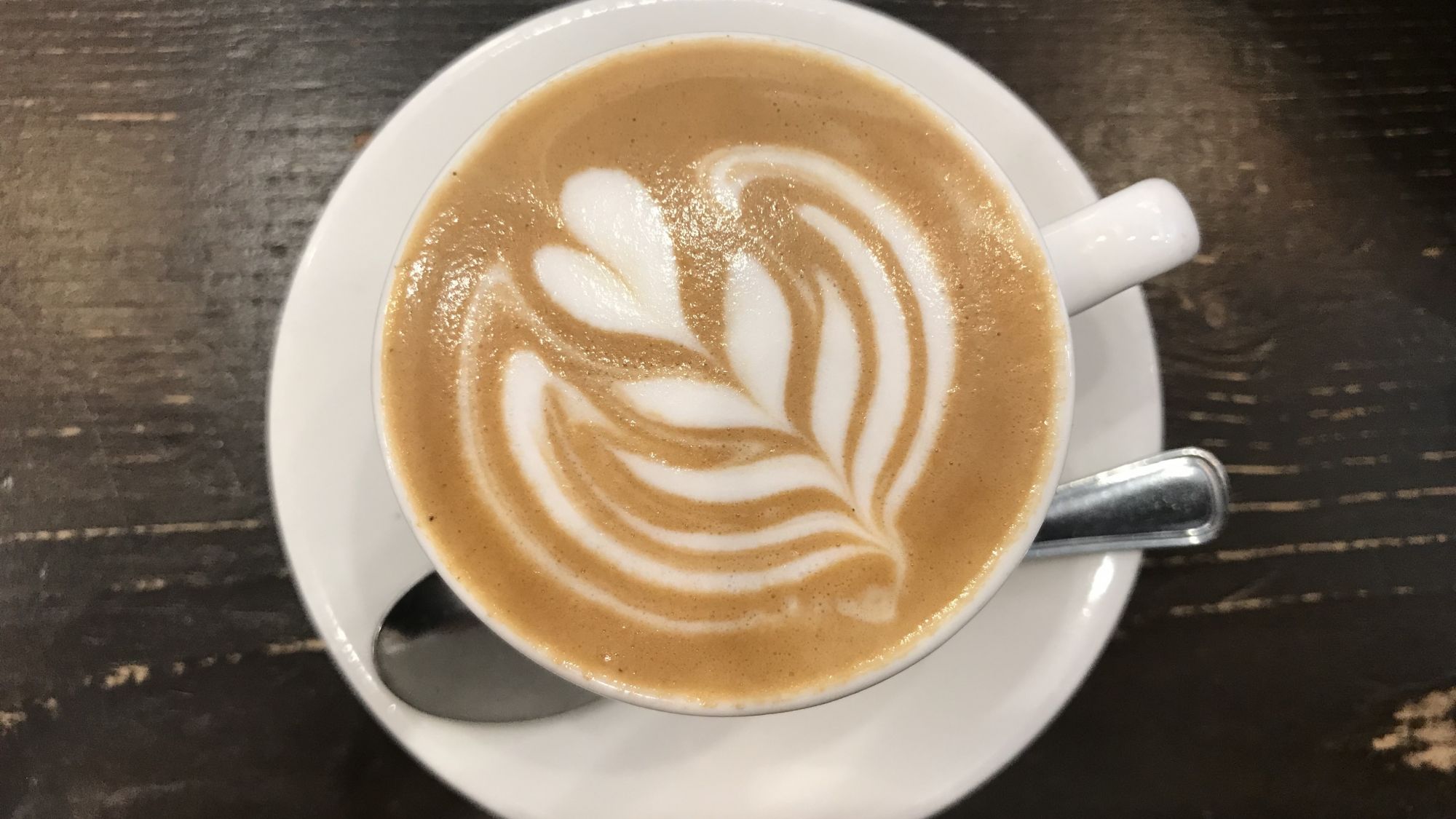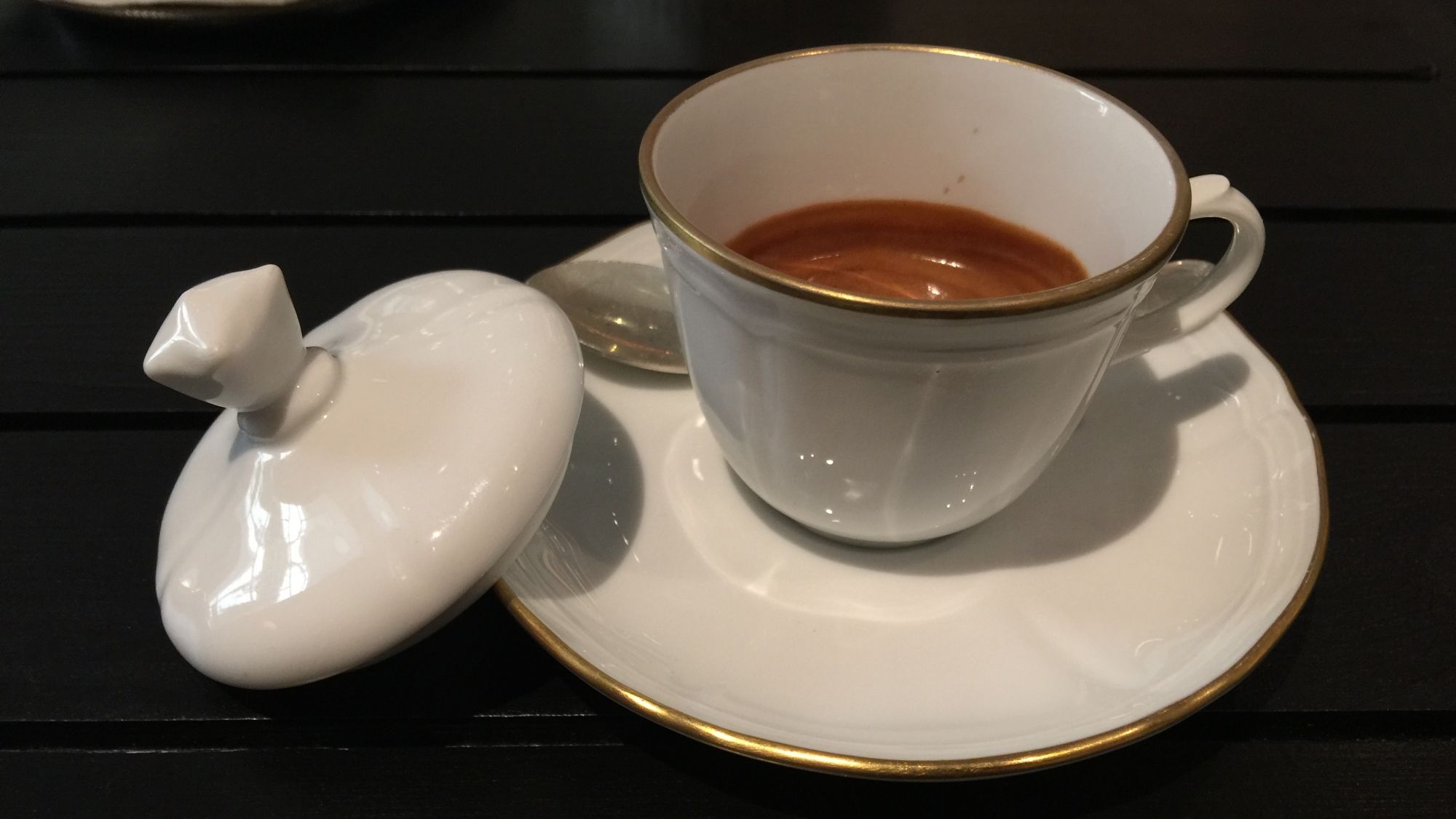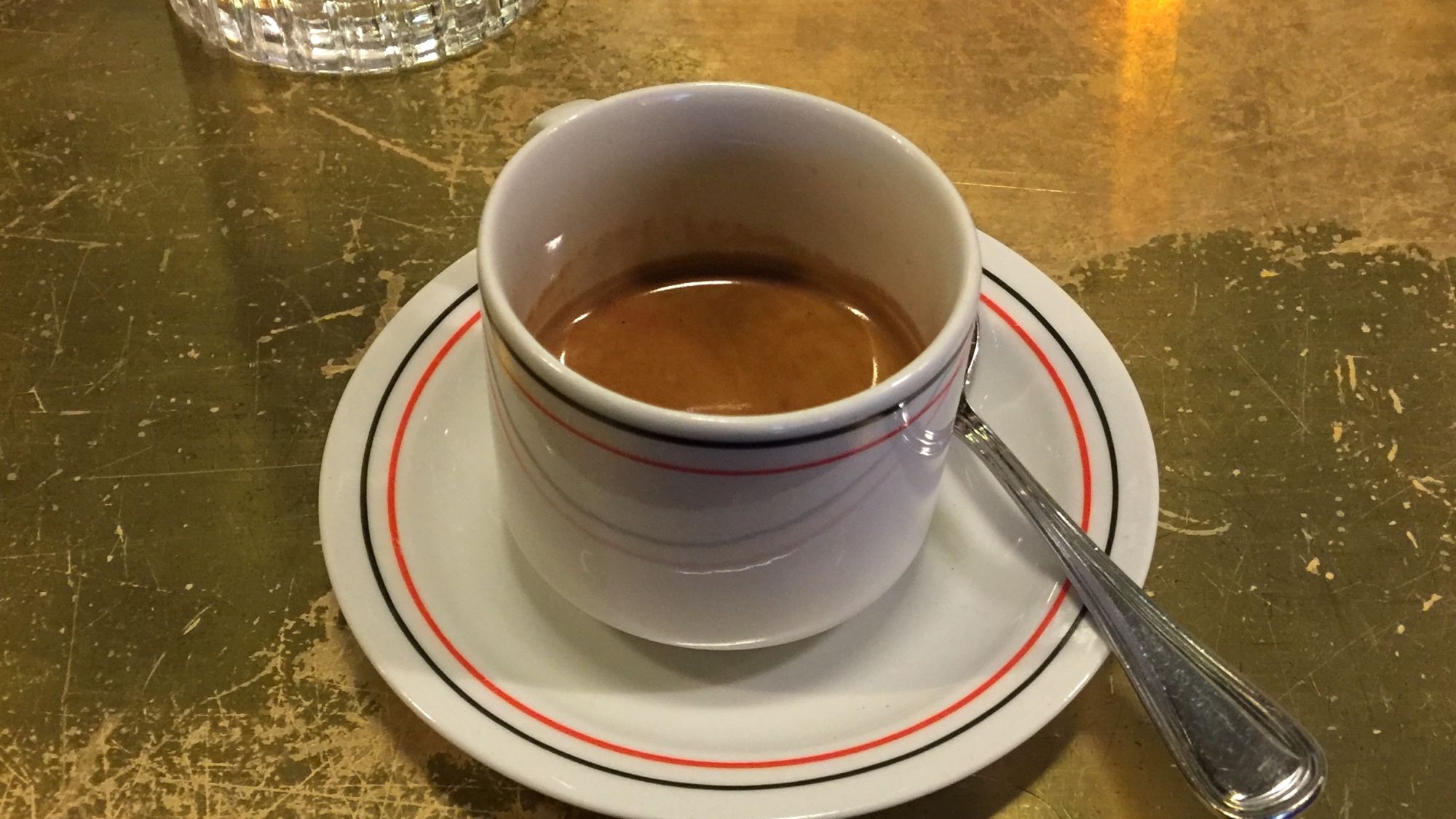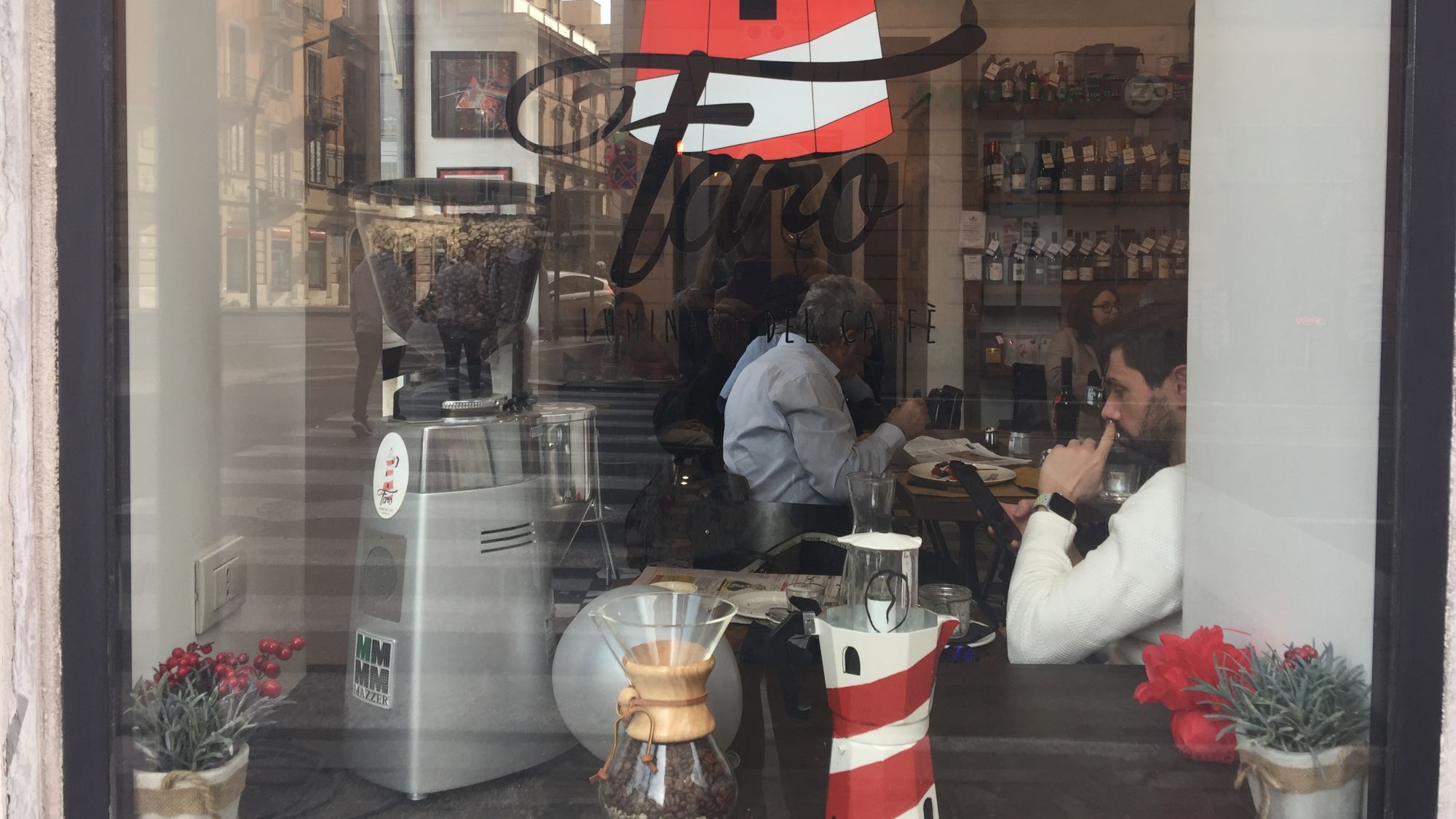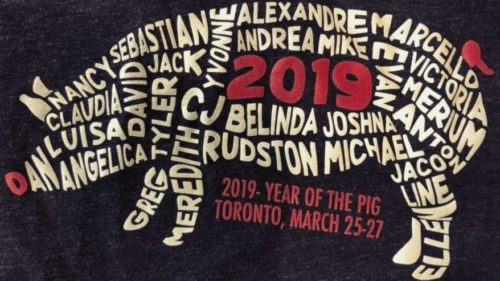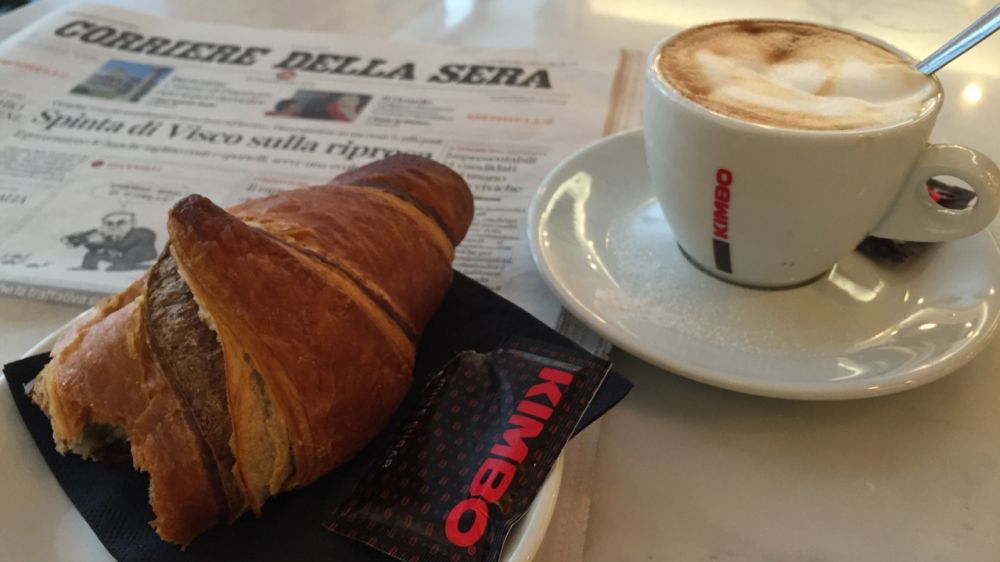Coffee in Rome: the good, the bad, and the new
Luisa, the newest addition to Trufflepig’s planning team, begins her Sounder career, like her days, with a strong Roman coffee:
The Bad
The belief that coffee in Italy is something extraordinary is very deeply rooted in popular culture worldwide. But, truth be told, this is more myth than fact. Not all coffees are created equal, and some of them are downright undrinkable: acidic/bitter/burnt, or, often, a combination of all the above.
Aside from the quality of the actual beans and the roasting process, there’s the quality and cleanliness of the machine itself and, of course, “la mano” – the skills of whoever is operating it.
By way of introduction to the Sounder (this is my first post) I thought I’d address that fundamental Italian question: what makes a good Italian coffee? What should you be looking for? And perhaps most importantly, where can I get a great espresso?
The Good
What’s definitely good about coffee in Italy, regardless of its quality, is that Italians have turned the simple act of drinking a coffee into an art form, in that they see it as a powerful way to connect with people, both for professional and recreational purposes, and as a good excuse to take a break (or multiple breaks…) from work. For many Italians, myself included, coffee is a rite, and as such should be revered. Hopefully this will never change.
For a couple of always-reliable classics, check out my fellow planner Rudston’s write up of his two favourite “coffee temples” in Rome. [Or check out Luisa’s own book on Rome for more insight. Ed.]
The New
Luckily for coffee addicts, things are changing for the better throughout the whole country. In recent years, more and more specialty coffee joints have popped up all over the peninsula, both in bigger cities and smaller centres, from Milan to Turin, and from Genoa and Bologna to Treviso, to Pompeii and Palermo. Coffee in Naples follows its own distinct path – we’ll leave this for another time.
Coffee in Rome is no exception to this phenomenon.
One of the places where I enjoy getting my caffeine fix is Faro: they serve anything-coffee, from the classic espresso (which at the bar costs 1,20 Euro and is deliciously creamy), to the “complete espresso”, to other brewing methods, like aeropress, V60, and syphon. There’s also a corner where you can buy different varieties of coffee beans. The atmosphere is relaxed, and the baristas are happy to guide you in making a choice, according to your tastes.
Other more central favourites, within the third wave cafes, include Roscioli Caffè (here coffee should be paired with a maritozzo filled with panna – even a mini will do – just for the sake of honouring traditions, right?), and Pergamino Caffè, which is conveniently located in the Vatican area (Piazza Risorgimento). This also provides a high-quality alternative to the Starbucks that’s expected to open in September this year nearby. Another great option in the neighbourhood is Sciascia Caffè, an institution worth checking out both for the retro decor and their excellent coffee, served with a dollop of dark chocolate at the bottom.
For someone with double digit intake of strong espresso per day, Luisa sure is a calm-hand when it comes to planning trips. Email her to get in touch with Trufflepig’s newest ace planner and compare brewing notes.
